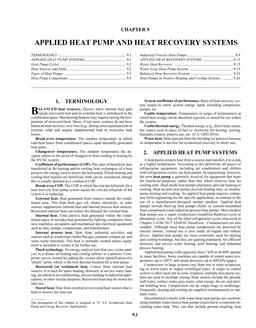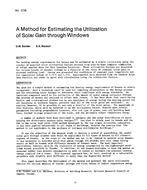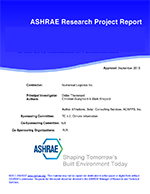Elevators and escalators ("vertical transportation") account for 3-5 percent of office and similar building energy use. Three factors converge to offer a significant opportunity to reduce these loads up to 40 percent. (1) New elevator components, systems, and controls improve performance, save energy, and offer a better user experience (such as reduced wait times). (2) Elevators are now addressed as regulated loads in ANSI/ASHRAE 90.1-2013. This highlights the opportunity and allows building codes to keep up with technological progress and costeffective best practices in the marketplace. (3) To owners and architects, the elevator is an extension of the lobby, a powerful symbol of building quality. Improved mechanical, illumination, and control features can improve perceived quality. These advances include machine-roomless (MRL) designs that eliminate elevator penthouses and their costs. Advanced gearless drive systems, generally with permanent magnet motors, facilitate better control, save energy, and allow regeneration instead of heat dissipation. LED lighting can improve visual comfort while saving energy. As a first step, 90.1-2010 directly addresses only elevator cab lighting and ventilation, but designers can use performance paths to take advantage of the very large improvements from new technology and controls. Many of these improvements also save construction time and costs. Manufacturers and advocates are working to increase the visibility of efficiency opportunities through voluntary efficiency programs and other vehicles.
Citation: ASHRAE Papers: 2015 ASHRAE Annual Conference, Chicago, IL
Product Details
- Published:
- 2015
- Number of Pages:
- 8
- File Size:
- 1 file , 520 KB
- Product Code(s):
- D-CH-15-C032


